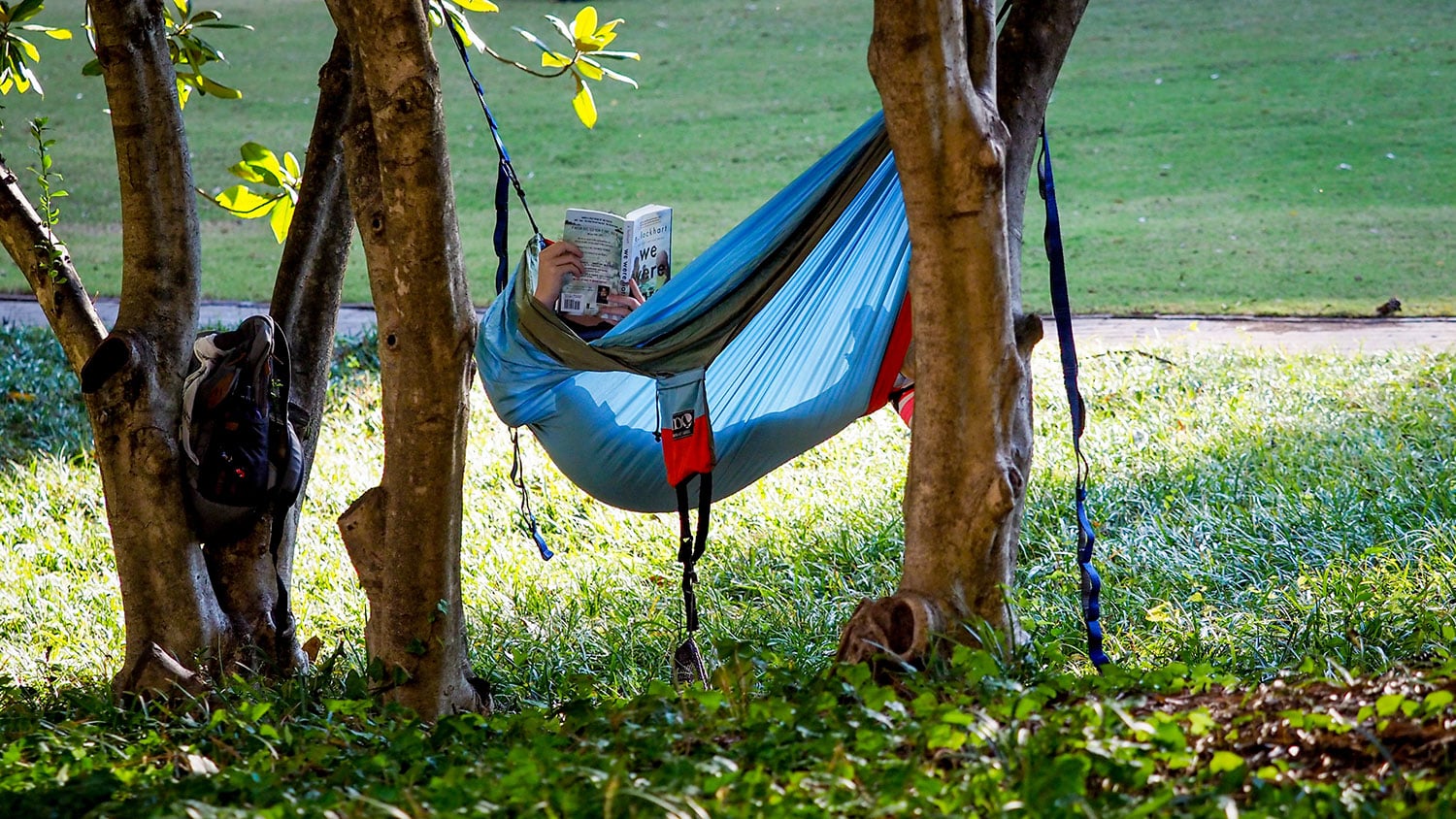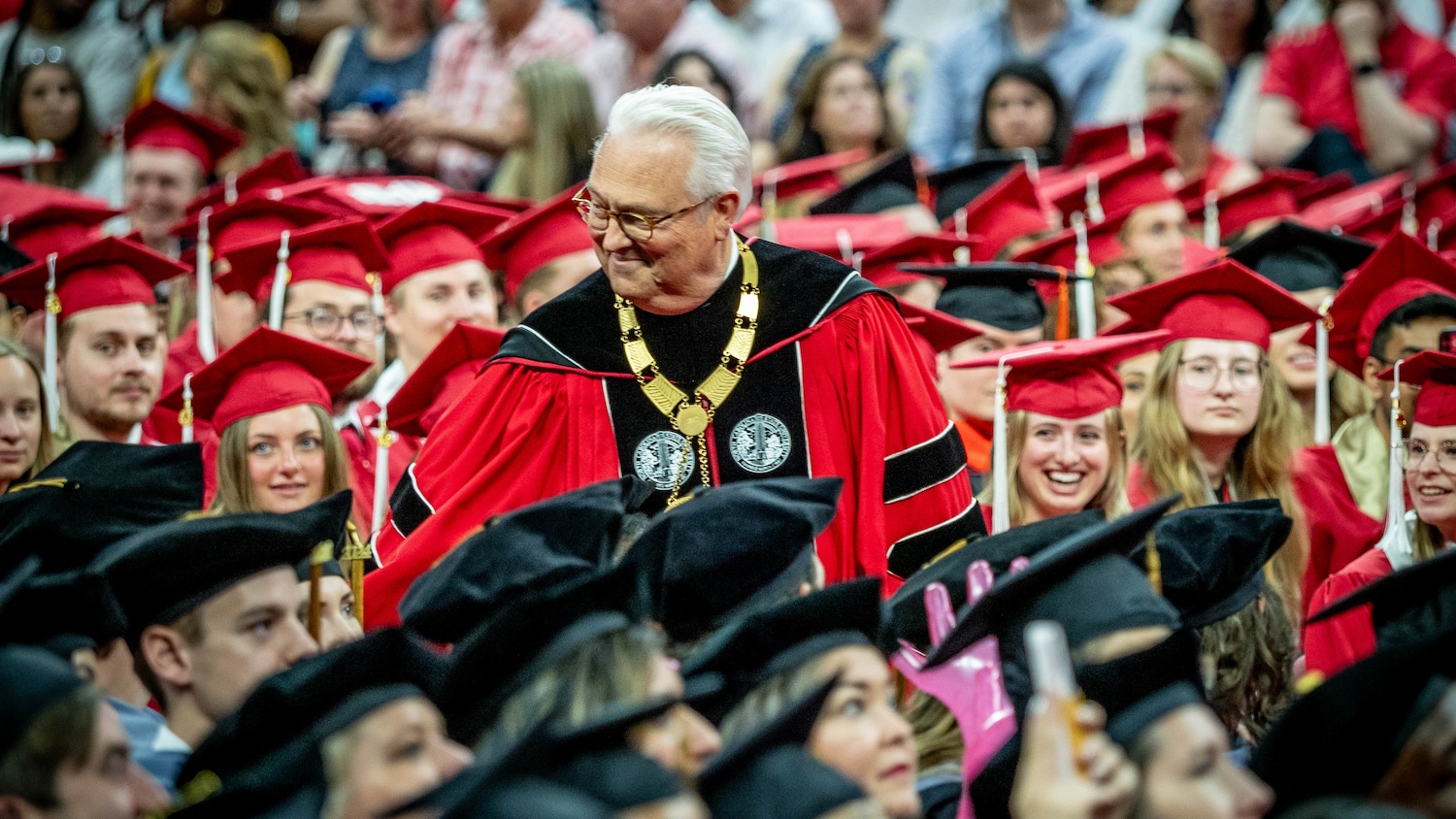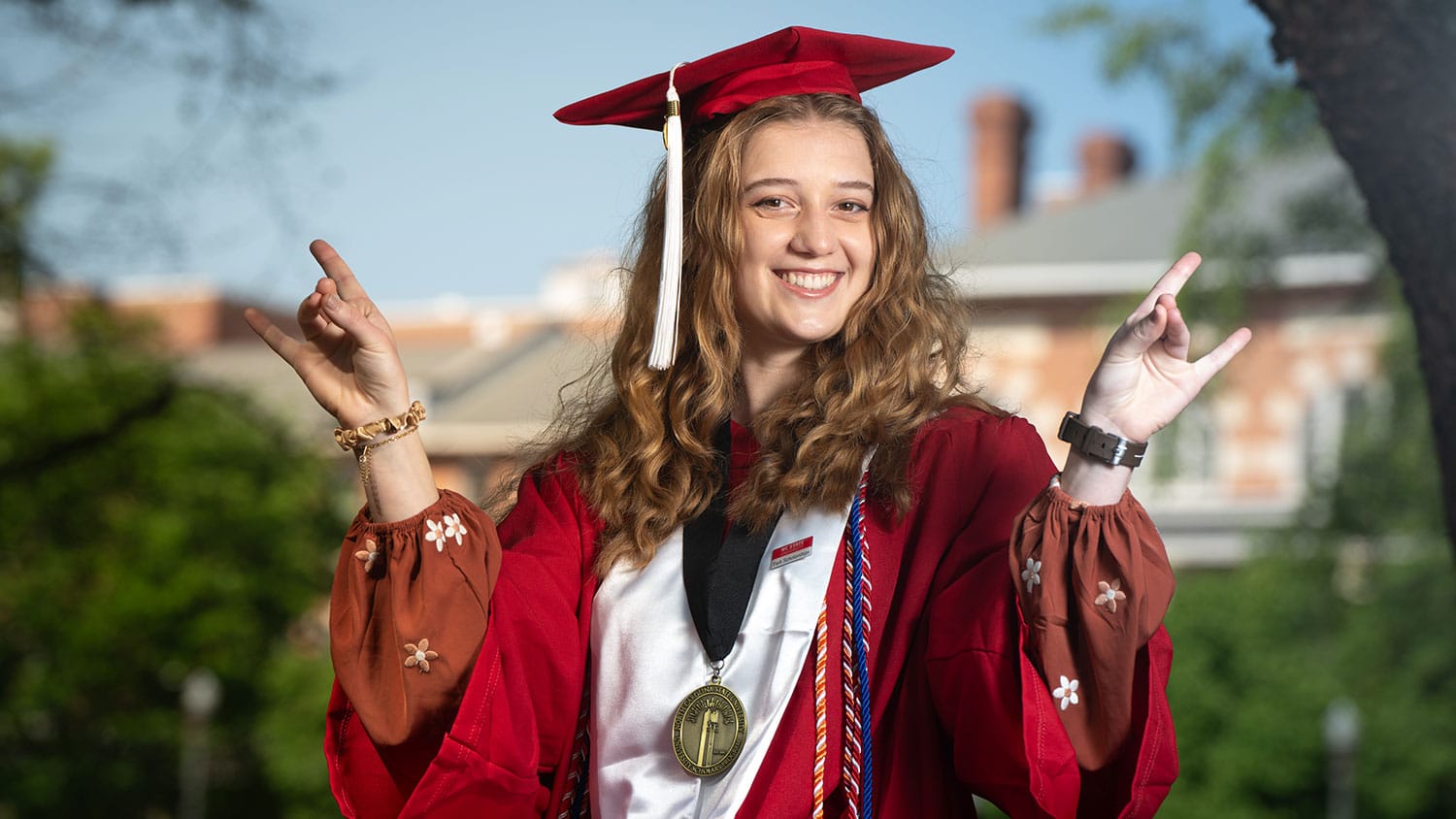The exceptional students sitting around tables in the library at the NC State College of Veterinary Medicine have spent months before this orientation day intently focused on their accomplishments, drive and academic excellence while nervously navigating the veterinary school application process.
Accordingly, Sarah Ho, the college’s director of student engagement, thought perhaps NC State’s incoming Class of 2028 would like to press pause on the pressure of being perfect.
When you share with your seatmates your name and hometown, she tells them, add one dull fact about yourself. With classes starting Monday, three intense days of learning and laughing commence.
At her table, Kaelyn Dausch offers that the most boring thing about her is that she has spent her entire life in Raleigh. When Ariel Tysver of Indiana says she grew up in a cabin in the middle of the woods, Dasia Harris of Virginia mentions she was in the US Army Reserve at NC A&T University and Carson Cole, an Army veteran from Texas, pipes in that he rides unicycles around campus, Dausch cries foul with a laugh.
“Those things aren’t dull,” she says into the increasing din.
The nerves and the guardedness are already starting to unravel, and the students take their smiles through introductions to the library and the dean, presentations on the importance of mental health care and the college’s core values and a chance to practice hand skills in the anatomy lab. Scalpels and forceps are not for the leery and frowns of focus intersperse with sighs of success.
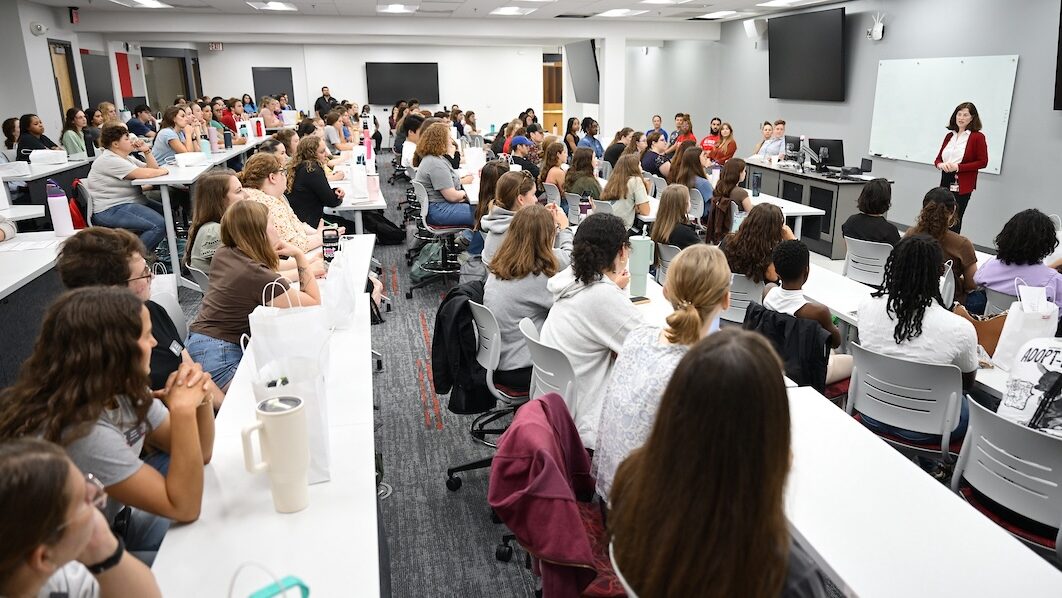
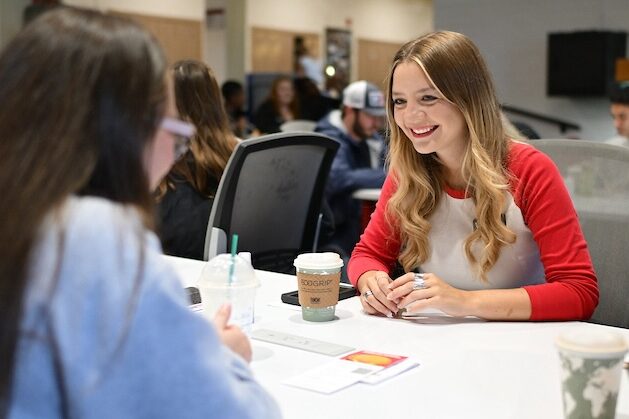
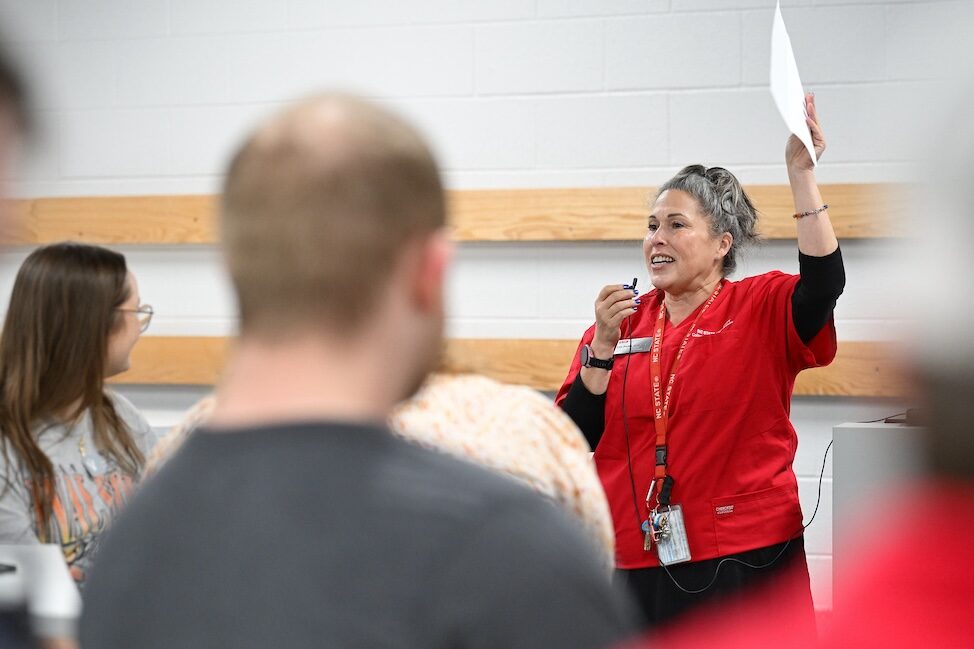
“I have so much advice for first-year vet students; the hard part is actually not giving it to them on their first day!” says Dr. Lysa Posner, interim associate dean and director of academic affairs, as she addresses the class. “I always want to remind them that they’ve earned their positions here. We have some of the most gifted and hard-working students in the entire country. We’re going to provide the structure and the support so that they can do all the things they need to do as a practicing veterinarian, in whatever form that might be for them.”
These determined DVM students make up the NC State College of Veterinary Medicine’s largest cohort. Last fall, state lawmakers approved increasing the size of incoming classes from 100 to 125 veterinary students per year, partly to address a shortage of veterinarians.
By state law, 80 percent of the students in each class are North Carolinians. The Class of 2028 represents nearly 40 of the state’s 100 counties.
125
The number of students in NC State’s DVM Class of 2028, the largest ever.
38
The number of NC counties represented by the incoming class of veterinary students.
7
The number of students who are active or who have served in the military.
Jaimie Rosa is from Fayetteville in Cumberland County and, at age 37, is the class’s senior member. The youngest veterinary student is 19, with the average age being 23.
For Rosa, who has wanted to be a veterinarian since she was 6, lunching on the NC State College of Veterinary Medicine’s courtyard and soaking in her surroundings after deferring her dream for decades was surreal.
Married to a military man and mother to three sons, now 22, 20 and 14, Rosa says the time was never right, but then COVID hit. During the pandemic, she finished a double biology degree at Fayetteville State University and got a job teaching science at a local school.
“I went back to college, my husband’s retired and the kids are grown, and I was like, ‘You know what? I’m gonna apply. I’m gonna do it,’” says Rosa, who had worked eight years as a veterinary assistant. “And I got in. It is my testimony: Never give up on your dreams.”
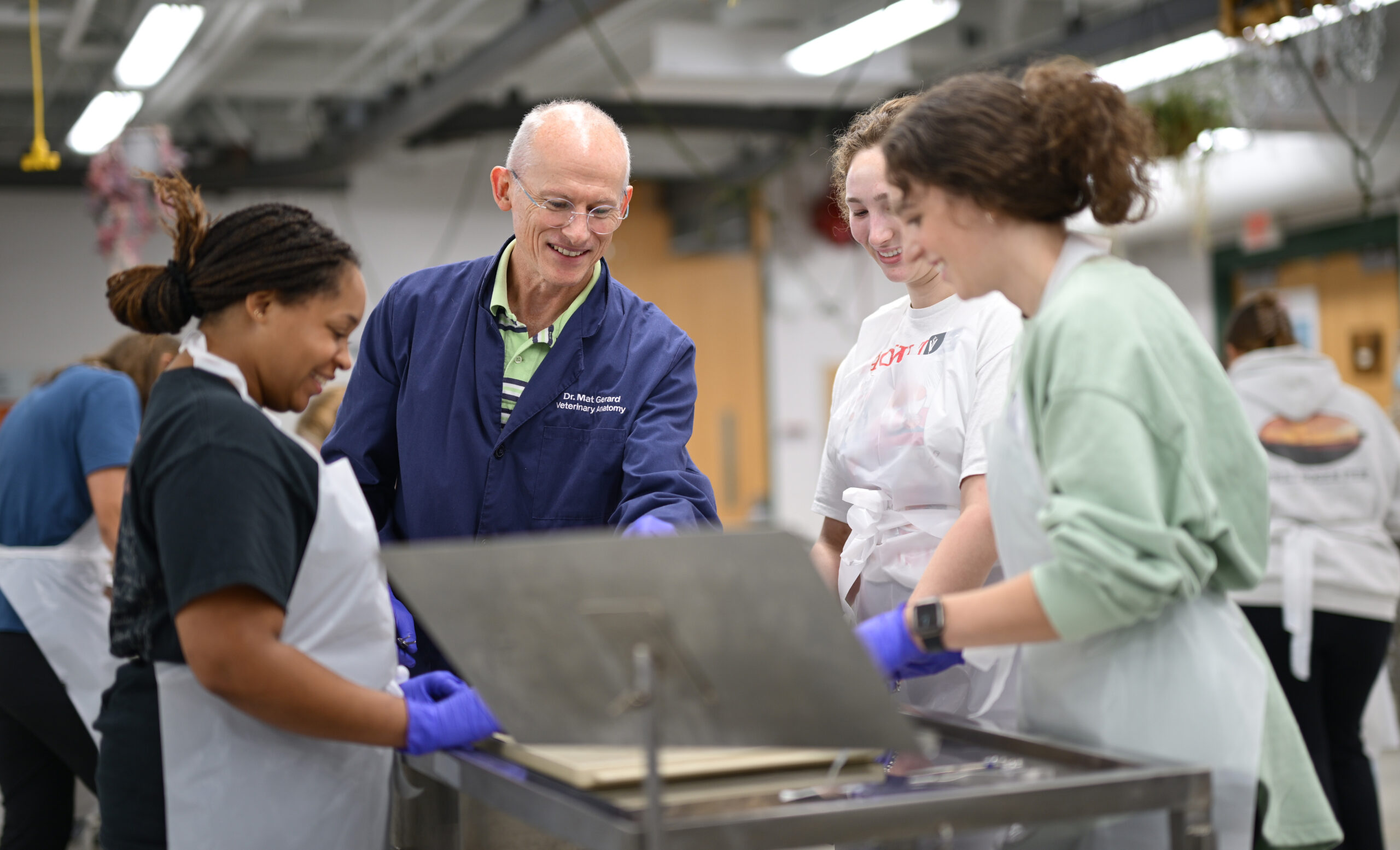
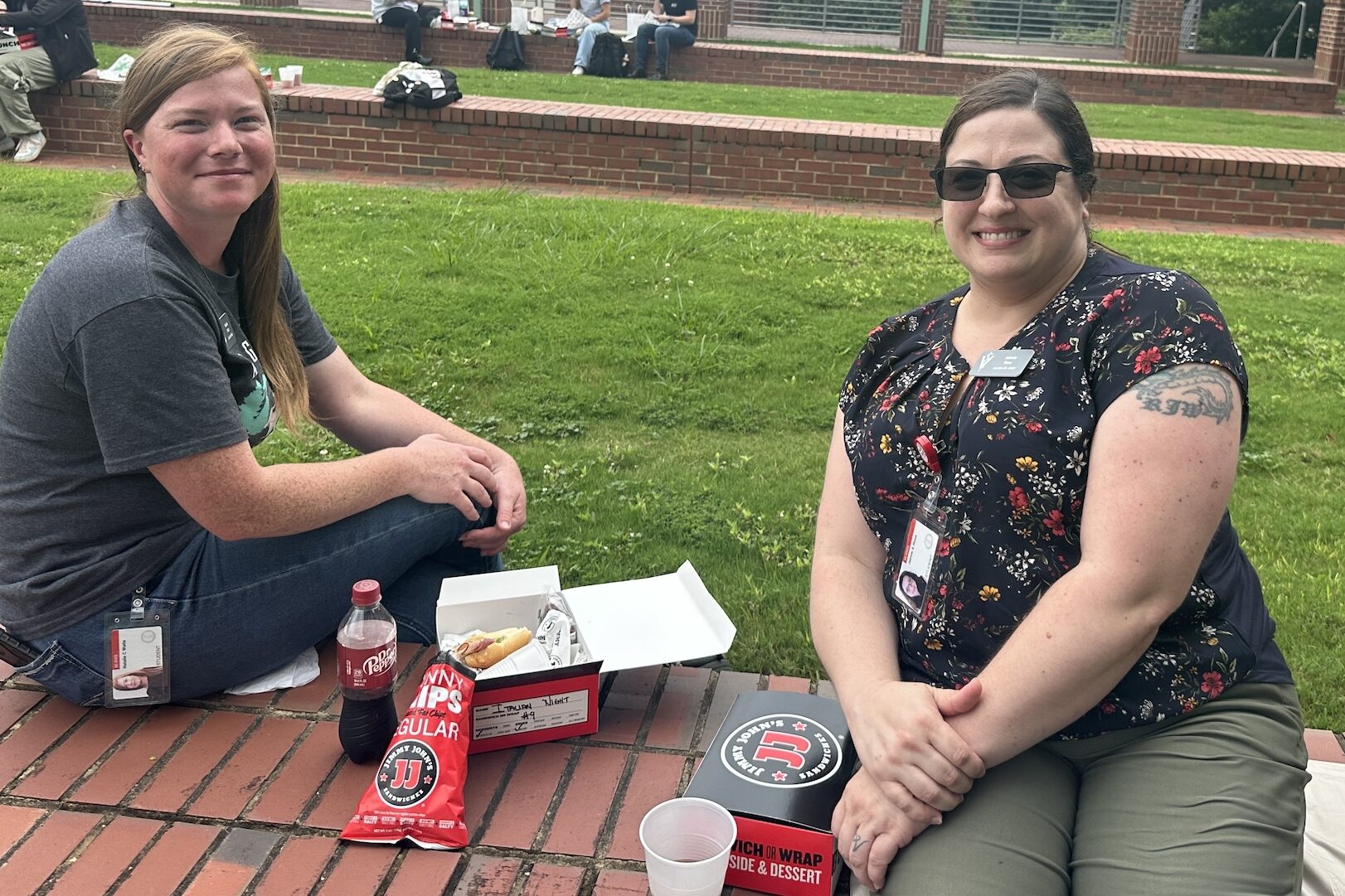
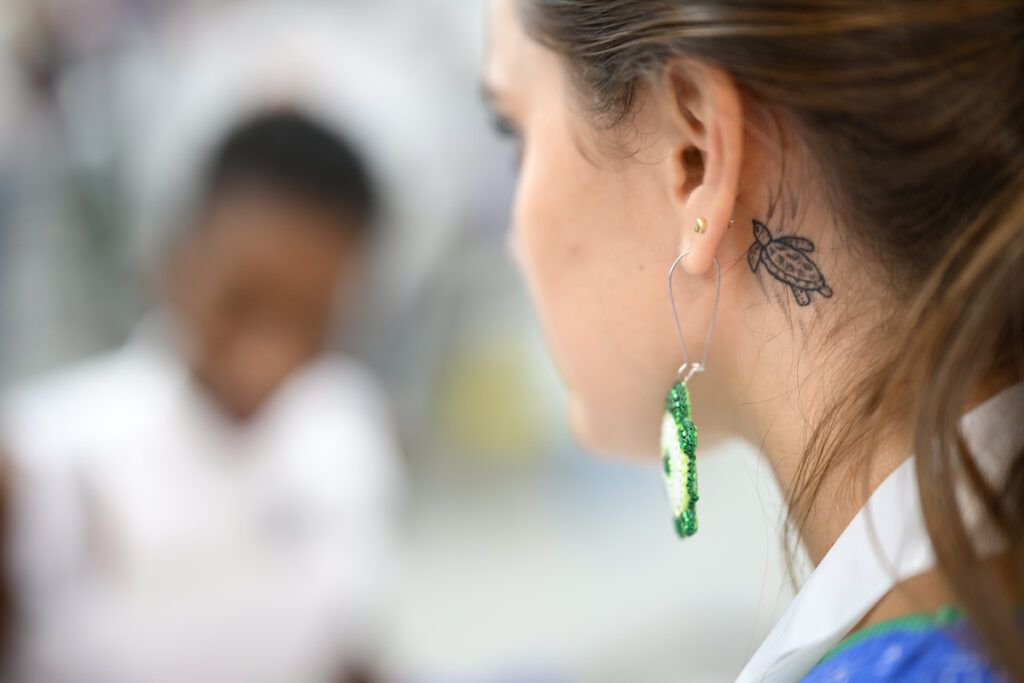
Madison Burden is from the small town of Locust, which actually is in two North Carolina counties: Stanly and Cabarrus. At this point, she is interested in pursuing a career in ophthalmology or theriogenology, and she credits her grandmother with inspiring her DVM hopes.
“She’s a big reason why I’m here,” Burden says. “She kind of has cultivated my interest in animals and really pushed me to be where I am today. I’m really excited to have all of that hard work start to pay off and be able to show her that I’ve gotten to the places where she wanted us to get to.”
The Class of 2028 also represents 14 other states and Puerto Rico.
Elizabeth Rexroat, the daughter and niece of veterinarians, is from Kentucky, and Natalie Watts, a member of the Air National Guard for more than a decade, from Montana.
Watts, 32, had no idea she wanted to be a veterinarian until she got a job assisting a mobile vet a few years ago. Her boss had been an equine veterinarian for a couple decades before she turned to mobile mixed-animal work, and Watts fell in love with the work and the wide open road.
“I really liked the mobile life and being able to work in clinics when I need to but being outside most of the time,” Watts says. “So the goal is to graduate from here and go back and work under her. I also want to be licensed in North Carolina so when I come out for a Guard drill, I can work out here also.”
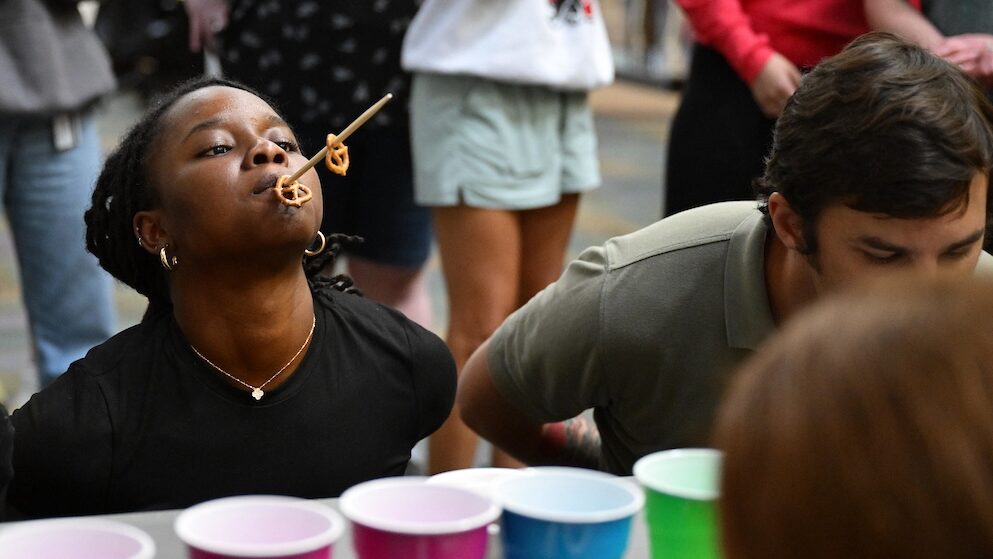
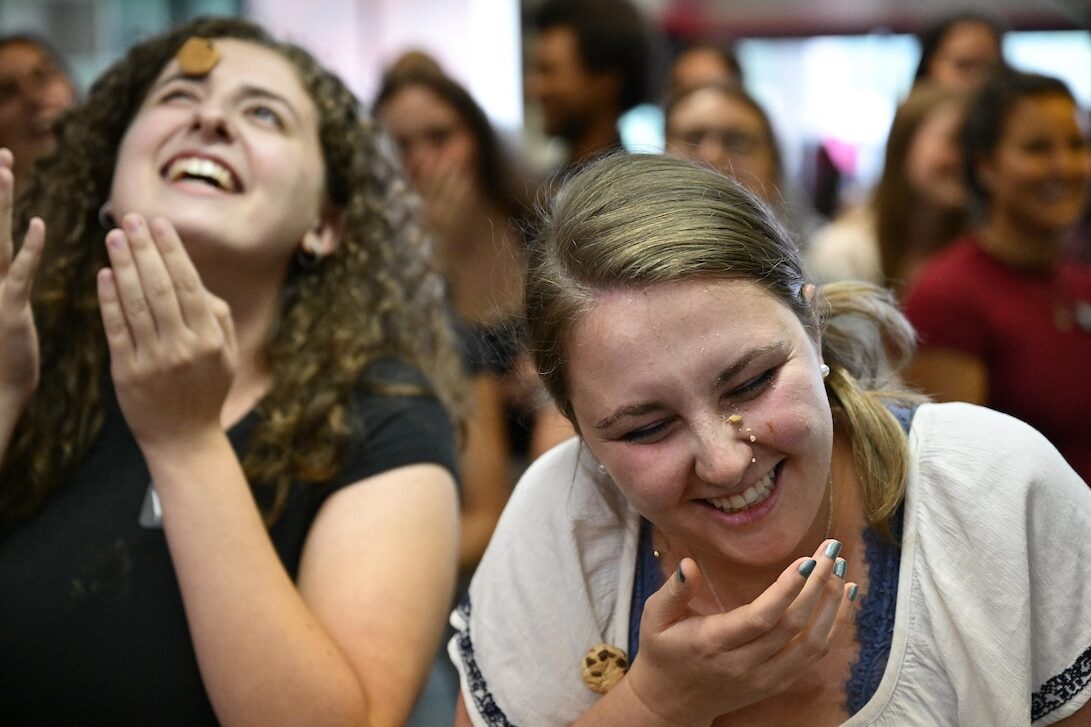
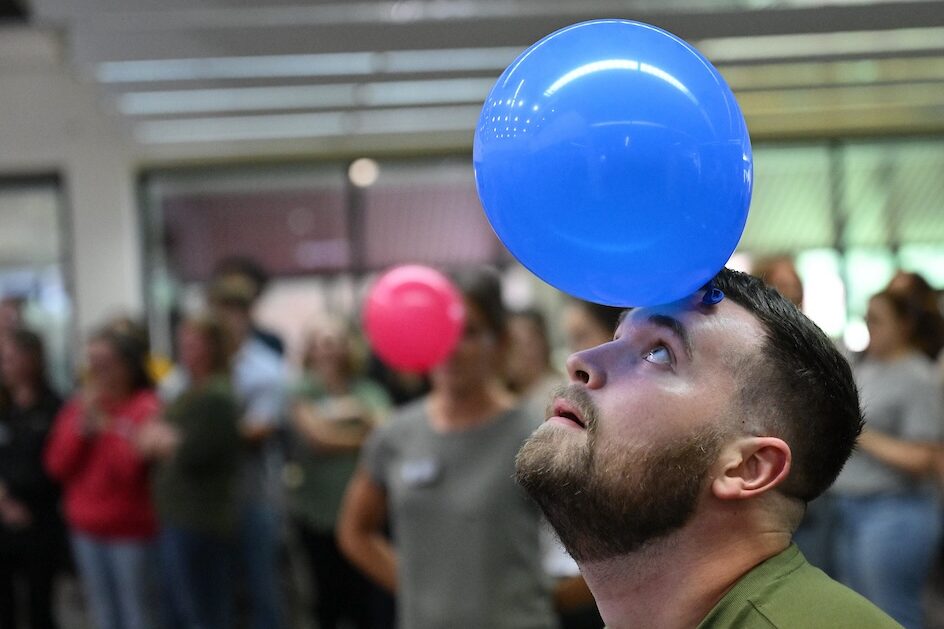
As for Rexroat, after having watched her family steer through the stresses of doctoring animals, she wasn’t really interested in getting her DVM, too. Completing equine research internships while an undergraduate at the University of Kentucky and being mentored by an NC State alum showed her that lab animal medicine was a possible path.
“I shadowed a lot of vets in our Division of Laboratory Animal Resources, so I got to see a wide variety of what they do, the species that they work with, the different kinds of procedures that they’re able to do,” she says. “And I had a really good connection with one of the laboratory vets, too.”
That veterinarian, Dr. Stasia Bembenek Bailey, received her Ph.D. in Fisheries, Wildlife and Conservation Biology from NC State University in 2019.
In addition to Watts and Cole, five other members of NC State’s veterinary Class of 2028 are active or have previously served in the military.
Other fun facts about them: Three have a twin sibling and two are members of triplet sets. One is the oldest of 10 siblings. A majority appear to have at least one tattoo.
Whether those facts are fun or dull, however, might be in the eye of the beholder.
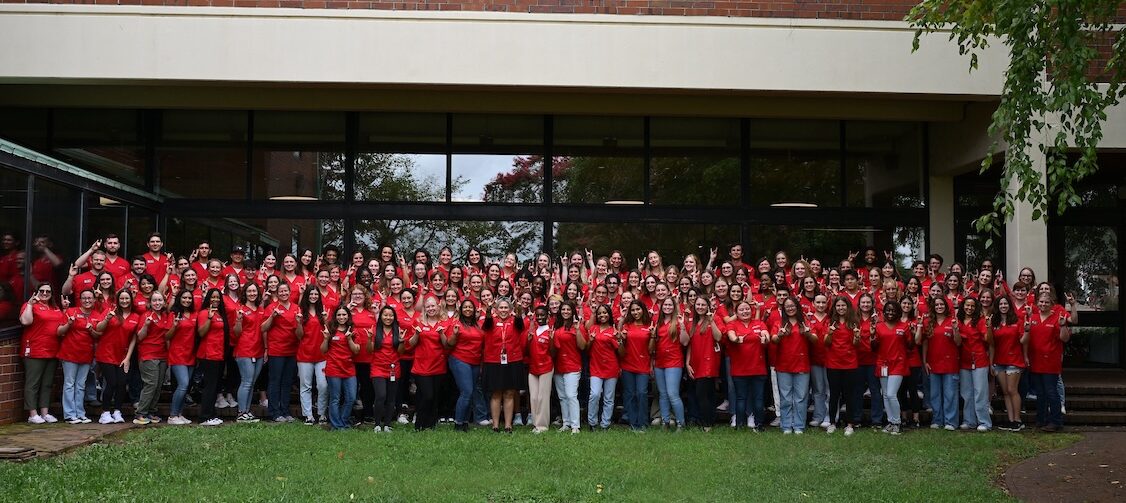
This post was originally published in Veterinary Medicine News.
- Categories:

